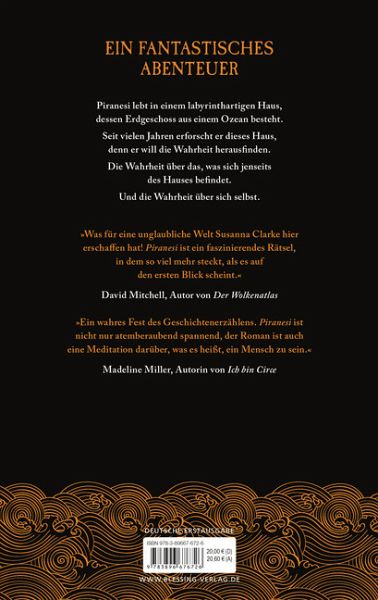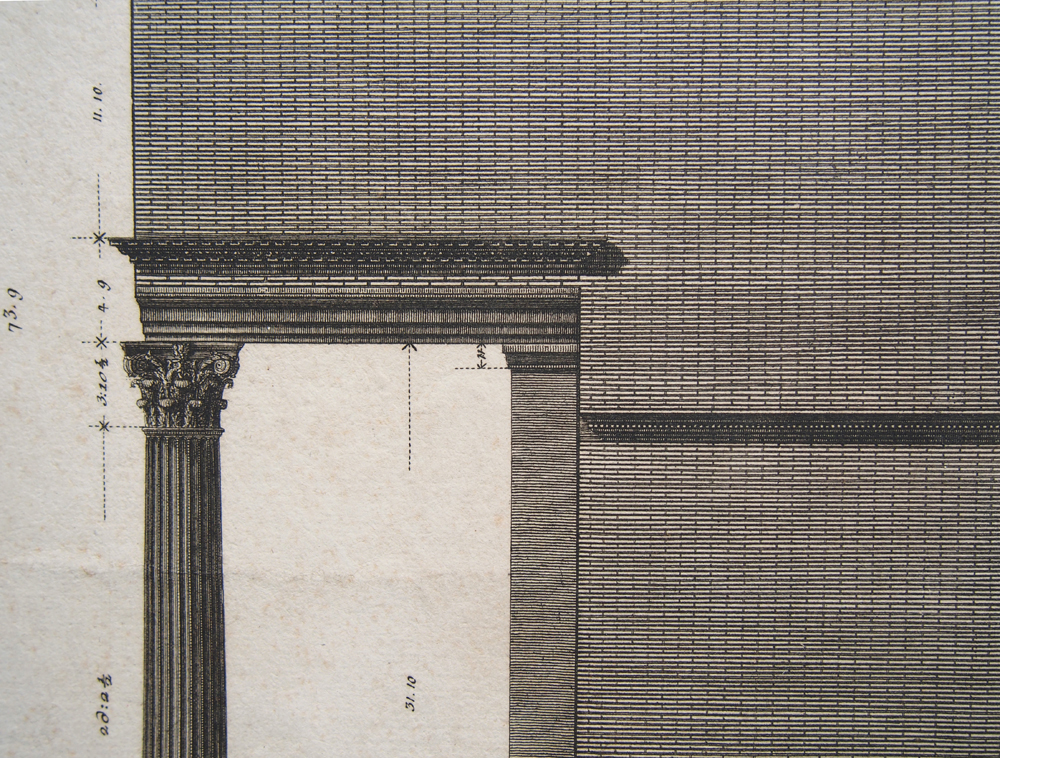

Vasi’s vast view of Rome, richly provenanced to Chatsworth House, a pair of Ricci capricci, from his only series of etchings – Varia Marci Ricci Pictoris Prestantissimi Experimenta (fig. Murderers, their intended victims, suicides – current offerings of etchings include high points from the oeuvre of each. One morning, therefore, he dressed up most strangely, with a sword at his side, and lay down on his bed.” Death waited, though, until the artist forged his doctor’s prescription, in order to obtain a lethal dose of some unrecorded medicine. Years pass, Ricci’s artistic accomplishments accumulate, before “it suddenly came to his mind that he wanted to die, but to die like a knight. One night in a tavern he felt offended by certain words of a gondoliere, whereupon he took a tankard, smashed it over the head of that unfortunate man and killed him.” Marco, the extravagantly talented capriccio painter, went on the lam. In Born Under Saturn, art historians Margaret and Rudolf Wittkower’s excellent account of creativity’s more malign excesses, in a chapter titled “Suicides of Artists,” the authors quote from a 1738 notebook, written by a Ricci contemporary, “In the ardor of his youth Marco was a vicious fellow and given to a bad life nor was he ashamed to mingle in taverns with vile plebians. Hind trace direct lines of influence to the older artist, Ricci. Piranesi scholars John Wilton-Ely and Arthur M. Possibly the roots of Piranesi’s uneven, murderous urges follow those of his artistic sources, including fellow Venetian Marco Ricci (1676-1730), an esteemed painter of hauntingly, achingly beautiful capricci, and in his final years, among La Serenissima’s first etchers. And let’s not mention Piranesi’s threats on the life of the doctor attending his son Francesco, or his 1752 marriage to Angela Pasquini, whom he’d met five days earlier, while drawing amongst the ruins of the Forum, and whose dowry he immediately spent on copper etching plates.) (Had Piranesi succeeded, we would be without one of the signal achievements of 18 th century etching – Vasi’s monumental view of Rome – Prospetto di Alma Citta di Roma dal Monte Gianicolo – etched across a dozen separate sheets, reaching a length of almost nine feet (fig. It is recorded that Vasi also informed his hot-headed charge, “You are too much a painter, my friend, to be an etcher.” – an apogee in the annals of failed Art world prognostication! What trespass incited Piranesi’s homicidal rage? Vasi thought his combustible student had withheld certain secrets of the use of acid in the etching process. Yet, when we think of Piranesi, do we think of murder? This was what he unsuccessfully attempted with one of his teachers, Guiseppe Vasi (1710-1782). Piranesi’s are pictures of the ways those ruined places feel.

1), if ruins’ realities are less dramatic than this artist has them appear, there is, in his views, an unerring emotional accuracy.

Why are Piranesi’s etchings so powerful? If the ruins are not quite so immense as he portrays them, nor the people quite so tiny, poignantly approaching insignificance (fig. When we think of 18 th century Italian architectural graphic art, we think of the surpassing images of ruined Rome by Giovanni Battista Piranesi (1720 – 1778).

The lives of many 18 th century Italian architectural artists on paper – those working often in black and white – are, if anything, more colorful (though darker-hued) than their painterly cousins. Other vedutistas were well, even royally born, enjoyed the company and patronage of kings, Popes, and assorted aristocrats, while plying a profession they conceived as gentlemanly. Fellow Naples resident Gennaro Greco, whose disfiguring burns brought him the none-too-gentle nickname Il Mascacotta – he of the cooked face – enjoyed three beautiful wives, (simultaneously!) before falling to his death from a high scaffold while, naturalmante, painting. Leonardo Coccorante, painter of moonlit, ruined, sinister scenes populated by bandits and their prey, learned his shadowy art from a condemned Sicilian burglar, while a jailer’s assistant in a Neapolitan prison. Among the varied appeals of 17 th and 18 th century Italian capricci and vedute are the robust, vividly polychromatic lives of the artists who painted them.


 0 kommentar(er)
0 kommentar(er)
